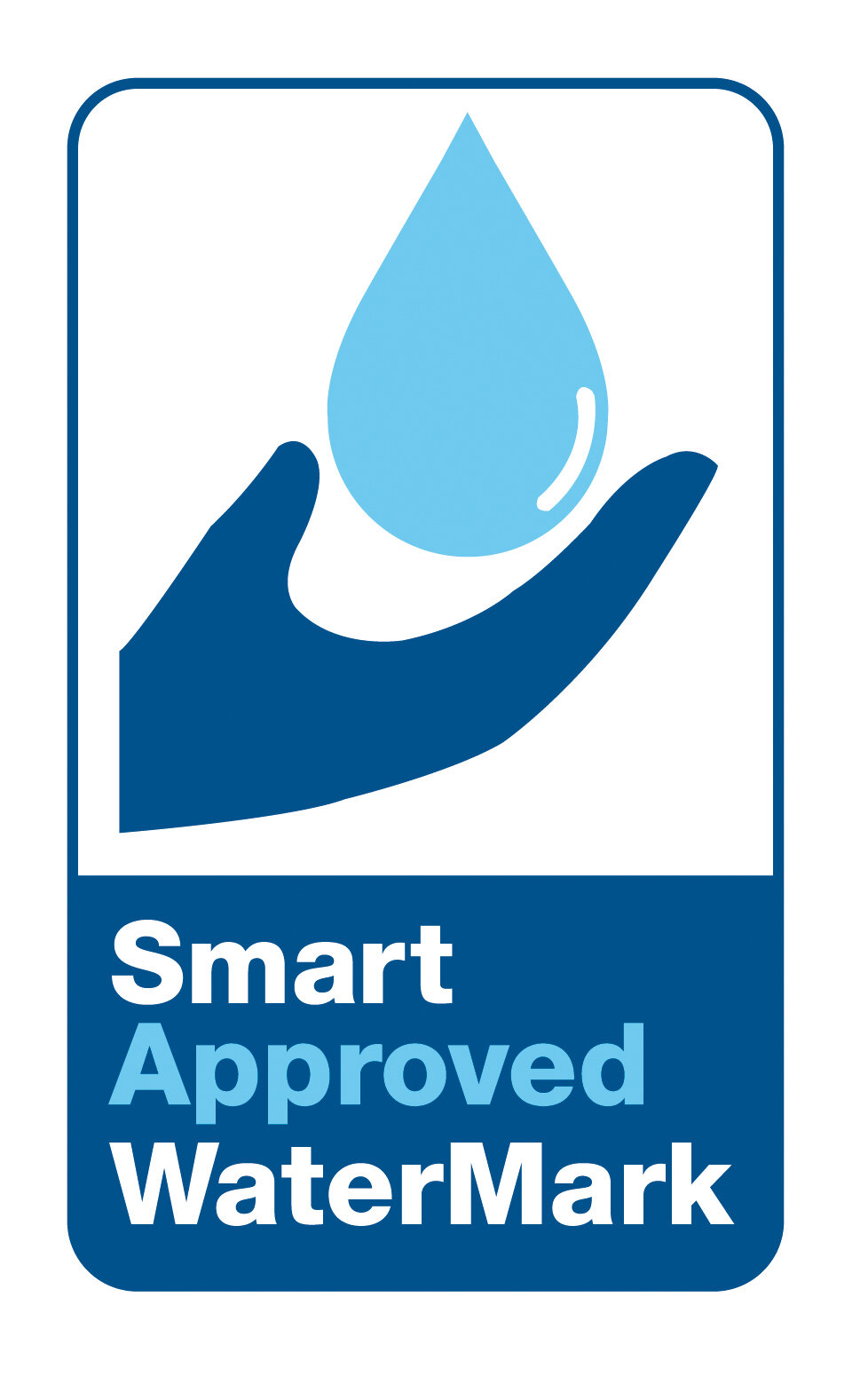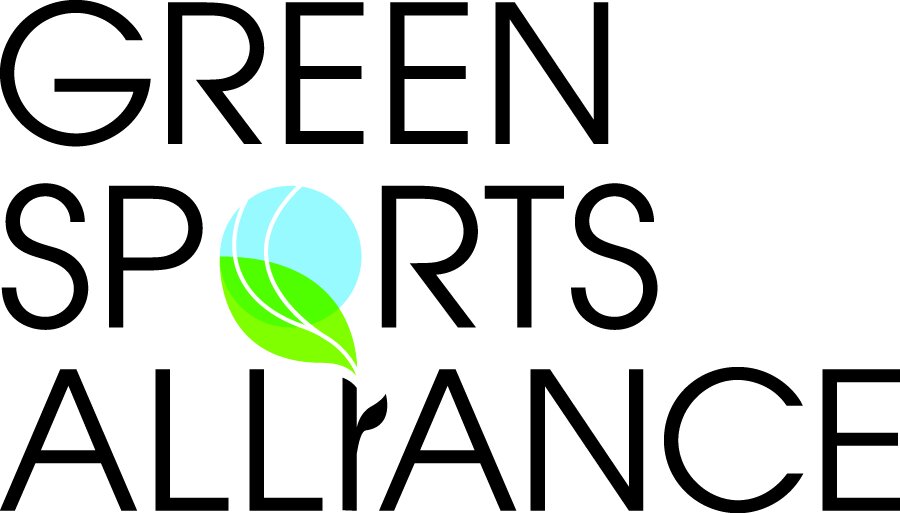Image Source: KQED Television
Recently, an article revealed that Israel has 20 percent more water than it needs — quite an accomplishment. Israel is a desert country, just like all the other Middle Eastern countries. And in some ways, when it comes to water, it is geographically worse off than its neighbors.
Egypt, for instance, has the Nile, which has quenched the thirst of Egyptians for centuries. Iranians depend on Lake Urmia, the largest lake in the Middle East, for much of their water.
Israel, on the other hand, has some streams but no major rivers. They have some lakes, such as the Dead Sea, but unlike Lake Urmia in Iran, the Dead Sea is a salt lake. The water is not potable.
Mentioning the salty Dead Sea is a good segue into what we want to discuss. Because it has no water, and what it does have is not potable, Israel has developed some of the most advanced technologies in the world to turn salt water into potable water — water that is safe to consume for humans and other living things.
Desalination is just one of the reasons Israel has 20 percent more water than it needs. Desalination plants are now being considered and constructed throughout the U.S. In California, they are virtually betting their future on desalination.
When discussing this technology, here are some issues we need to be aware of:
Desalination is the process of removing salt and other minerals from water.
It has been used as far back as the 1500s.
The first significant desalination plant was not built in Israel but in Saudi Arabia in 1938.
· In the 1960s, then-President Kennedy started a small desalination program in the U.S. It was later dismantled in the 1980s.
Several desalination technologies exist, such as solar distillation, natural evaporation systems, reverse osmosis, thermal, and others. Each method has its pros and cons.
There are now more than 16,000 desalination plants in operation around the globe. Some are small, called micro desalination plants. Others are huge, with the largest in the United Arab Emirates, Saudi Arabia, and Israel.
These 16,000 plants generate an estimated 780 million gallons of water per day — enough water to serve millions of people.
As more desalination plants are constructed in this country and around the world, it’s clear that billions of gallons of water will soon be generated by these systems.
However, there is a downside. For example:
· Desalinating plants are very energy demanding.
At this time, most are operated using conventional energy sources such as electricity derived from petroleum and natural gas.
These plants are very costly to construct and operate. The charges to run them are also high, which can make water costs prohibitive in some cases.
Desalination plants are often constructed in remote areas, which means miles of power lines may need to be built to run them.
· The effluent brine can be harmful to water ways and the sea environment
The construction of some plants, especially here in the U.S., is being opposed by some environmentalists precisely because they are being developed in remote and sometimes environmentally sensitive areas of the country.
While lower-cost renewable energy sources such as solar, wind, and geothermal are being used to power desalination plants, using these renewable resources increases total construction costs.
Even with these issues, the reality is that with a growing U.S. population and climate change leaving many parts of the country drier than ever before, desalination plants may prove to be lifesavers, just as they are in Israel and other parts of the Middle East. Further, there are signs that some of the construction costs are coming down.
However, in the meantime, we have one more way to reduce water consumption that has also proven its value. Water efficiency — reducing water consumption long term — is already saving billions of gallons of water per year worldwide. That’s where waterless urinals come in. View waterless urinals as pioneers. They have helped lead the way for building owners, managers, and now, consumers, to use water wisely and certainly more efficiently.
Waterless Co., Inc: Pioneers in Advancing Water Efficiency
Klaus Reichardt is CEO and founder of Waterless Co, Inc, Vista, Calif. Reichardt founded the company in 1991 with the goal of establishing a new market segment in the plumbing fixture industry with water efficiency in mind. Reichardt is a frequent writer and presenter, discussing water conservation issues. He can be reached at klaus@waterless.com.




















